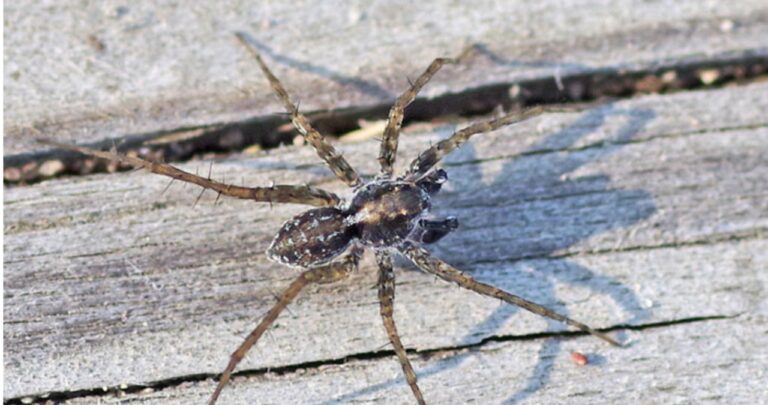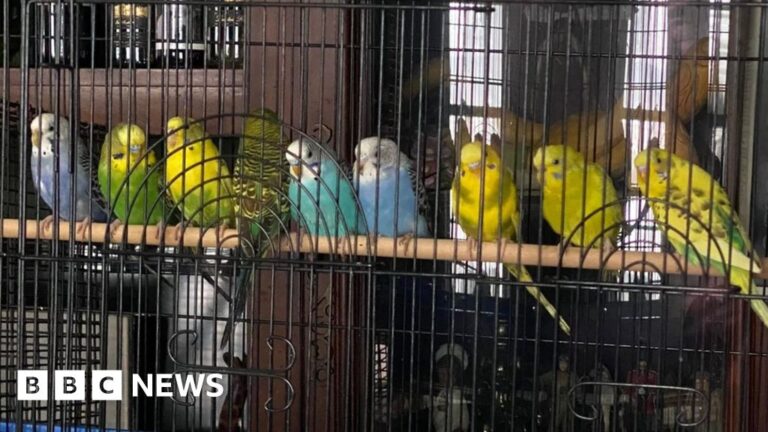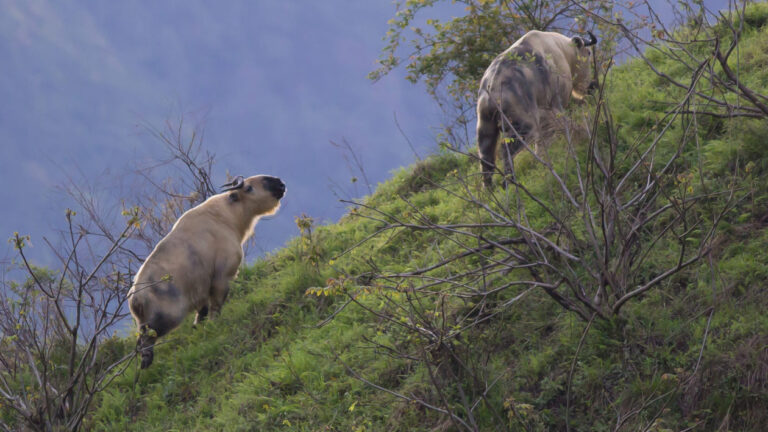Lifespan and Habitat of Coyotes
The Coyote is a native canine species of North America. Although it is slightly smaller than the wolf, it shares similar ecological needs. It fills the same ecological niche as the golden jackal. Read on to learn more about the Coyote. You may even want to buy a coyote dog! This article will provide you with information on the life expectancy and habitat of Coyotes.
Coyote habitat
The ideal coyote habitat consists of open, grassy areas, where the animals can graze freely. This is where they feed most often and maintain their territories by marking with urine. These animals also use vocal calls to communicate with one another and protect their territory. Coyotes tend to prefer open areas such as prairies, deserts, and suburban communities. But, current research is also focusing on their habitat in urban settings. As the population of human-associated developments increases, coyotes are likely to thrive.
Although coyotes are native to the western two-thirds of the US, they have spread dramatically over the past several decades. They can now be found throughout much of Canada, Central and South America. Despite their native habitat, the species has had to adapt to the development of humans and have successfully adapted to urban life. However, there are still many misconceptions about coyotes’ habitat. Before understanding their habits, one should first learn what they need from their habitat.
The size of a coyote litter varies between four and seven pups. However, the exact number can vary depending on the abundance of food and the density of its population. Urban coyotes have larger litters than their rural counterparts, likely due to the abundance of food available. Pups begin traveling short distances with their parents. After mating, coyotes will spend the summer alone and spend a great deal of time hunting for food.
Coyote vocalizations
Various coyote vocalizations are produced by coyotes to communicate with one another. Among them, huff calls are a warning, high-pitched sound made by the mouth or nostrils. The huff call is more of an air pressure than a sound, as it is sounded through the mouth and nose. Other coyote vocalizations include yelps and whines. Yelps and whines are expressive, short-noted sounds that indicate pain and distress. In fact, young coyotes frequently whine to signal to their parents when they are hungry.
To identify coyote vocalizations, researchers conducted a long-term project involving recordings from January 1972 to August 1975. The study was designed to investigate coyote vocalizations using both a’syntactical’ and a ‘typological’ approach. The “typological” approach was defined by Marler (1965) as “the description of signal systems and the hypothesis of their functions when used in communication”. The study aimed to classify long-range vocalizations, describe their physical characteristics, and compare them to other canids.
In addition to barking and whining, coyotes also produce other vocalizations such as a whine, a high-pitched howl, and a low-pitched howl. While barking and howling are commonly associated with fear, coyotes also use other types of sounds, including a low-pitched woof to indicate agitation. When they are agitated, coyotes will also yell at people and other large animals.
Coyote lifespan
The Coyote lifespan is approximately 1 and a half years. It is similar to that of most other canines, but a higher percentage of coyotes die during the first year and only a small percentage live longer than three years. Coyotes usually have shorter lifespans than dogs, with a typical pup life of 50 to 70 percent shorter than an adult’s. As they age, their teeth become more worn and their tartar build-up increases. In fact, by the time they reach the adulthood stage, their teeth may already be worn down to the gum line, and some may be missing.
Urban coyotes often meet fatal accidents while crossing roads. Some roads have traffic volumes of up to 100,000 cars per day. In addition, shootings and malnutrition are common causes of death in urban coyotes. Other common causes of death include disease caused by mange, and other conditions that are too complicated to determine. In addition to road accidents, very few coyotes live their entire lives. Coyotes, however, have been spotted in cities and Hollywood, California, and even in Central Park, New York.
Eastern coyotes are highly social animals and select a lifelong mate. They are very vocal and bond-forming animals, and they generally have one litter per year, with the size of the litter varying from four to seven pups. The pups leave their mother’s pack at about three weeks of age. They can jump up to four meters in the air and are capable of chasing rabbits, mice, and even human hunters.

I’m publisher on vents today if anyone want post on our website then do contact







